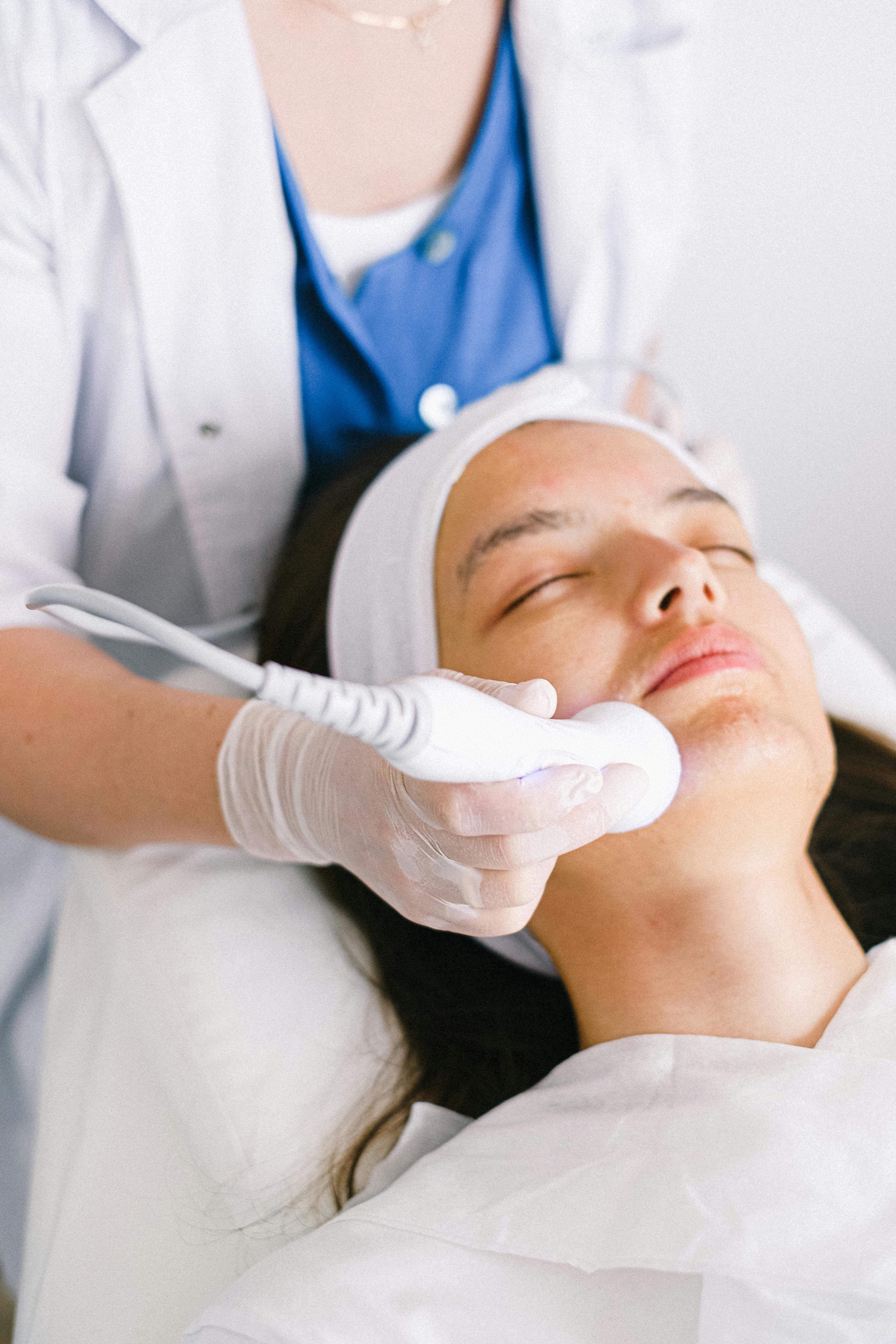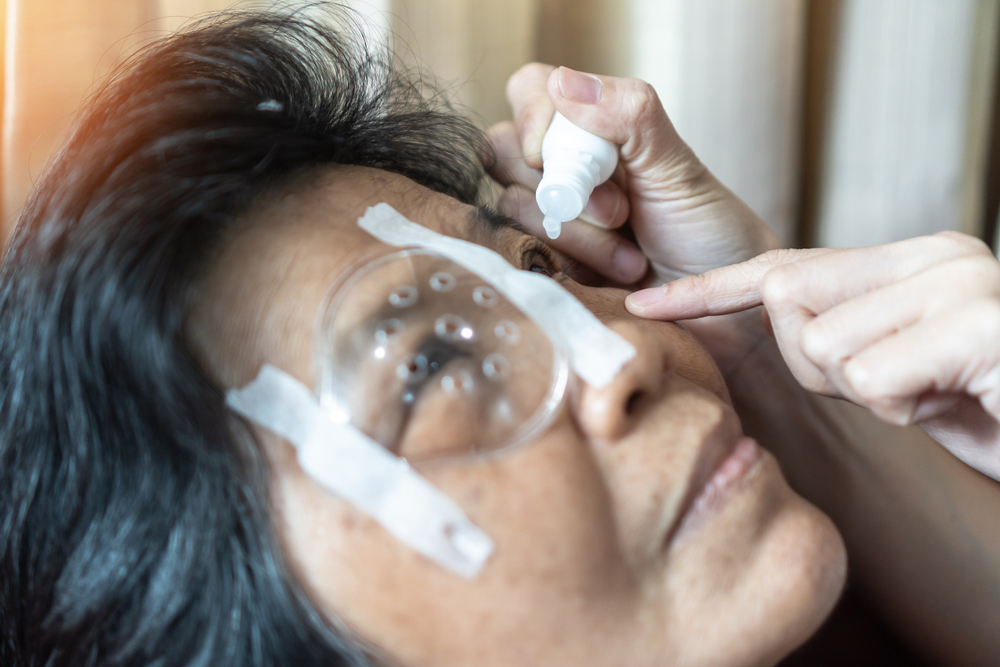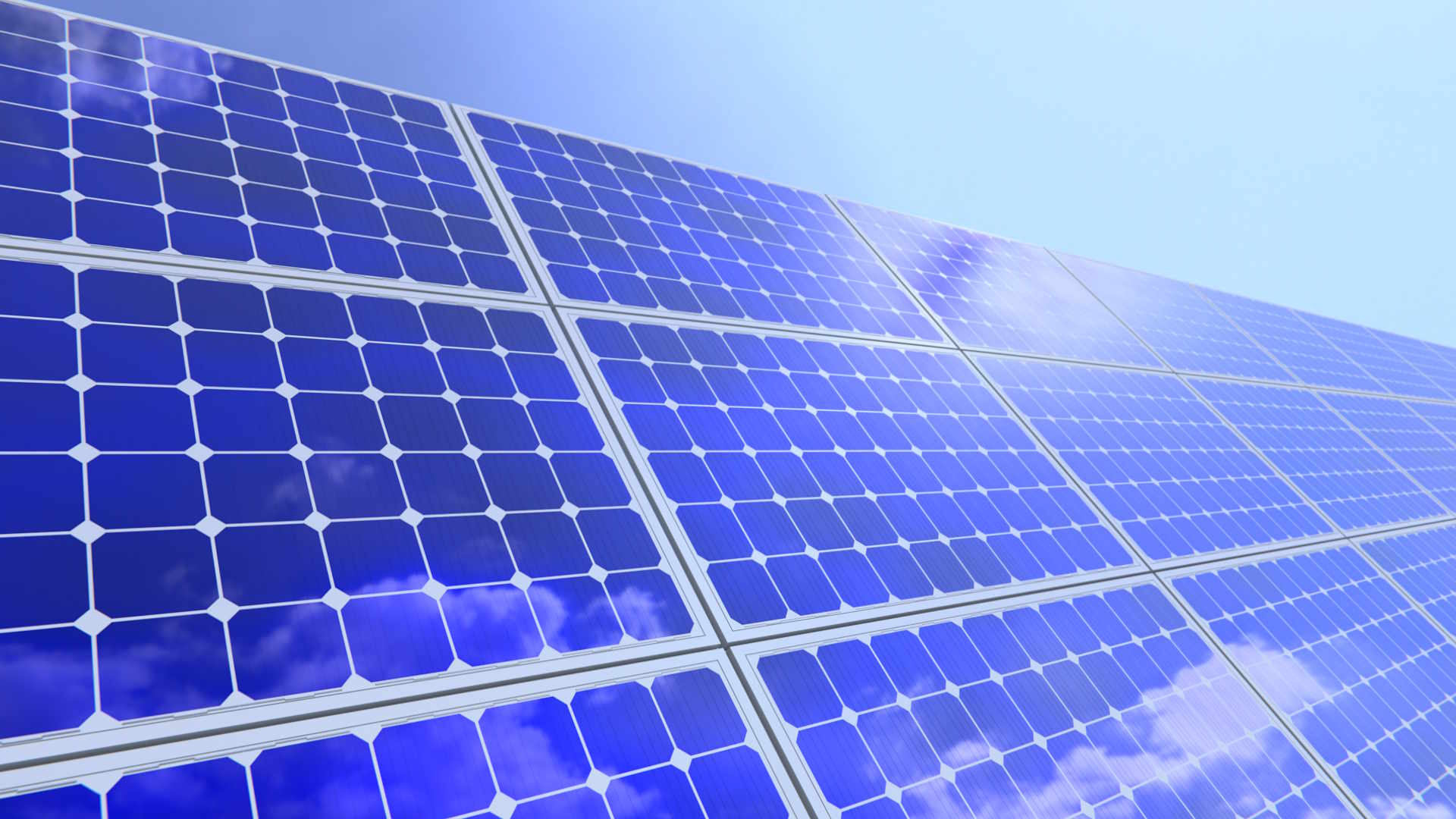Rhinoplasty: Reshaping Your Nose for Aesthetic and Functional Improvement
Rhinoplasty, commonly known as a "nose job," is a surgical procedure that alters the shape, size, or function of the nose. This popular cosmetic surgery can enhance facial harmony, boost self-confidence, and even improve breathing. Whether you're considering rhinoplasty for aesthetic reasons or to address structural issues, understanding the procedure is crucial for making an informed decision.

During the surgery, which typically takes 1-3 hours, the surgeon may use either an open or closed approach. The open technique involves a small incision on the columella (the tissue between the nostrils), allowing greater visibility and access. The closed technique, on the other hand, involves incisions made entirely inside the nostrils, resulting in no visible external scarring.
What are the main reasons people choose rhinoplasty?
People opt for rhinoplasty for various reasons, both aesthetic and functional. Some common motivations include:
-
Improving facial balance and harmony
-
Reducing the size of a large or disproportionate nose
-
Correcting a crooked or asymmetrical nose
-
Refining the shape of the nasal tip
-
Addressing breathing difficulties caused by structural abnormalities
-
Repairing nasal injuries or congenital defects
-
Boosting self-confidence and overall satisfaction with appearance
It’s important to note that rhinoplasty should be pursued for personal reasons, not to meet someone else’s expectations or ideals of beauty.
How long is the recovery process after rhinoplasty?
The recovery timeline for rhinoplasty varies from person to person, but generally follows this pattern:
-
First week: You’ll wear a splint on your nose and may experience swelling, bruising, and discomfort. Most patients take 1-2 weeks off work.
-
Weeks 2-4: The splint is removed, and much of the initial swelling subsides. You can resume light activities but should avoid strenuous exercise.
-
Months 1-3: The majority of swelling resolves, and you’ll begin to see your new nasal contour. However, some subtle swelling may persist.
-
Up to one year: The nose continues to refine and settle into its final shape. Full results are typically visible after 12-18 months.
Throughout the recovery process, it’s crucial to follow your surgeon’s post-operative instructions carefully to ensure optimal healing and results.
What are the potential risks and complications of rhinoplasty?
As with any surgical procedure, rhinoplasty carries some risks. While serious complications are rare, potential issues include:
-
Infection
-
Bleeding
-
Adverse reaction to anesthesia
-
Unsatisfactory aesthetic results
-
Difficulty breathing
-
Persistent numbness or pain
-
Septal perforation (a hole in the nasal septum)
-
Need for revision surgery
Choosing a board-certified plastic surgeon with extensive experience in rhinoplasty can significantly reduce these risks. During your consultation, your surgeon should thoroughly discuss potential complications and how they can be minimized or addressed.
How much does rhinoplasty typically cost?
The cost of rhinoplasty can vary widely depending on factors such as the surgeon’s experience, geographic location, and the complexity of the procedure. Here’s a general overview of rhinoplasty costs in the United States:
| Provider Type | Average Cost Range | What’s Typically Included |
|---|---|---|
| Board-Certified Plastic Surgeon | $5,000 - $15,000 | Surgeon’s fee, facility fee, anesthesia |
| ENT Surgeon (for functional rhinoplasty) | $4,000 - $12,000 | Surgeon’s fee, facility fee, anesthesia |
| Non-Board Certified Surgeon | $3,000 - $8,000 | Surgeon’s fee, facility fee, anesthesia |
Prices, rates, or cost estimates mentioned in this article are based on the latest available information but may change over time. Independent research is advised before making financial decisions.
It’s important to note that health insurance typically doesn’t cover cosmetic rhinoplasty. However, if the procedure is deemed medically necessary (e.g., to correct breathing problems), insurance may cover a portion of the costs. Always check with your insurance provider and chosen surgeon for the most accurate cost information.
How to choose the right surgeon for your rhinoplasty
Selecting the right surgeon is crucial for achieving the best possible outcome from your rhinoplasty. Consider the following factors when making your decision:
-
Board certification: Look for a surgeon certified by the American Board of Plastic Surgery or the American Board of Facial Plastic and Reconstructive Surgery.
-
Experience: Choose a surgeon who specializes in rhinoplasty and performs the procedure frequently.
-
Before and after photos: Review the surgeon’s portfolio to ensure their aesthetic aligns with your goals.
-
Patient reviews: Read testimonials and seek recommendations from previous patients.
-
Communication: Ensure you feel comfortable discussing your concerns and goals with the surgeon.
-
Facility accreditation: Confirm that the surgery will be performed in an accredited surgical facility.
Remember, rhinoplasty is a highly individualized procedure. A thorough consultation with your chosen surgeon will help determine if it’s the right choice for you and what specific techniques will best achieve your desired results.
This article is for informational purposes only and should not be considered medical advice. Please consult a qualified healthcare professional for personalized guidance and treatment.






